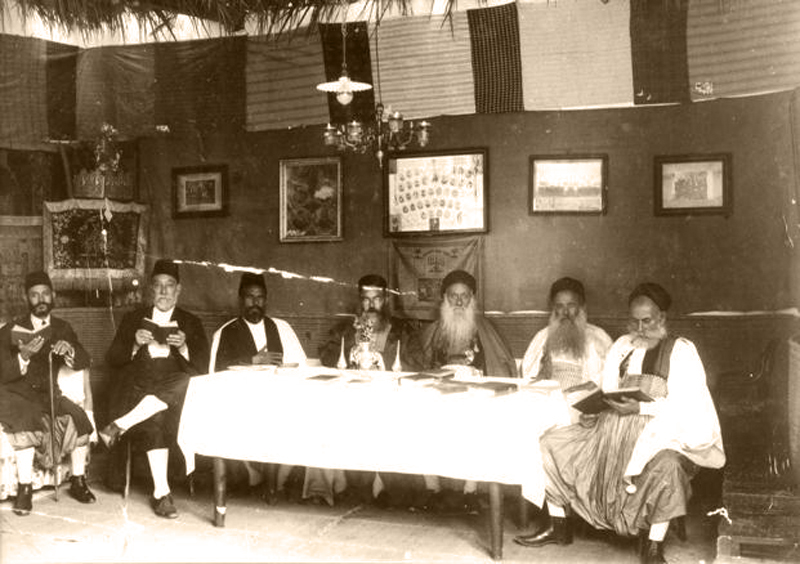Today, April 21, 2020, is Yom HaShoah, Holocaust Memorial Day. This is the day we pause and reflect on the more than 6 million Jewish lives taken from the world by the Nazi regime.
I was reading the story of a survivor Haim Arbiv, who was born in Benghazi, Libya in 1942. It struck me that we focus almost exclusively on the death camps in Europe. But there were other extermination camps operated by the Nazis or Nazi collaborators. Jews in Libya, such as Haim Arbiv and his family found themselves in one of the cruelest death camps in the region.
The Jews Escape to Libya
Jews arrived in Libya after the Spanish Inquisition, lived in their own neighborhoods and were active members of Libya’s middle class. They enjoyed a comfortable existence with their Arab neighbors.
Libya became an Italian colony in 1911. Islamic tribes made up the majority of the population and they were vehemently opposed to the colonial rule of the Italians.
Approximately 21,000 Jews lived in Libya when the Italians arrived to colonize it. Most lived in Tripoli but there was a sizeable community in Benghazi.
When World War II began, there were around 30,380 Jews living in Libya (The Jews of Libya: Coexistence, Persecution, Resettlement, Maurice M. Roumani). For the most part, the Jews were treated fairly by the Italians. Their education and employment opportunities improved, Hebrew schools were established and there was an open pathway to economic improvement.

Persecution Begins Slowly
The situation began to become dangerous for the Jews in Libya at the time that Italy imposed its Racial Laws in 1938. Known as “Race Protection Laws” the discriminations began to be enforced in 1940, after the death of Italo Balbo, the Fascist governor of Libya. Jews were barred from public and private schools, state employment, and skilled professions. Intermarriage became illegal and Jews’ passports were stamped with the words, “Jewish race.”
The British began their push into Northern Africa around the end of 1940, attempting to gain a foothold in the Middle East. They succeeded for several months until the German forces arrived to oust them.
Once again in control of Libya, the Italians began to focus more harshly on the Jews. When it was told to Mussolini that some of the Jews cheered the arrival of the allied troops, he ordered that all of the Jews in Libya be rounded up. Jews holding French passports were deported to death camps in Algeria and Tunisia and those holding British passports were deported to death camps in Europe. Libyan Jews were transported to two death camps, one of which was Giado, 235 kilometers south of Tripoli.
The Unimaginable Happens
By the end of June 1942, 2,584 Jews had been deported to Giado. Bordering the desert, this was the most brutal death camp in Libya. There were no German guards, instead, the commanders were Italian officers and a few Arab guards who took delight in torturing the Jewish prisoners.
Families were crammed into minuscule cubicles, separated by sheets and with no privacy. They received a few grams of rice, as well as small amounts of sugar, oil and fake coffee. All men over the age of 18 were forced to work, putting in 12 or more hours of forced labor.
Survivor Shimon Teshuva shares a little of what it was like:
Each family was given 1 square meter, long wooden planks with holes were used for the latrine, there were no showers or running water, everyone had lice and everyone was sick, mostly with typhoid.
According to witness and survivor testimony, it is obvious that if the war in North Africa had not ended when it did, all of the Jews in Giado would have perished.
Of the 2,584 Libyan Jews sent to Giado, 562 died of hunger, dehydration, disease, forced labor, murder, and constant abuse. Those who survived returned to find themselves homeless and impoverished. Subsequent pogroms against them would ultimately result in an exodus of all the Jews from Libya. Today, no Jews live there.


